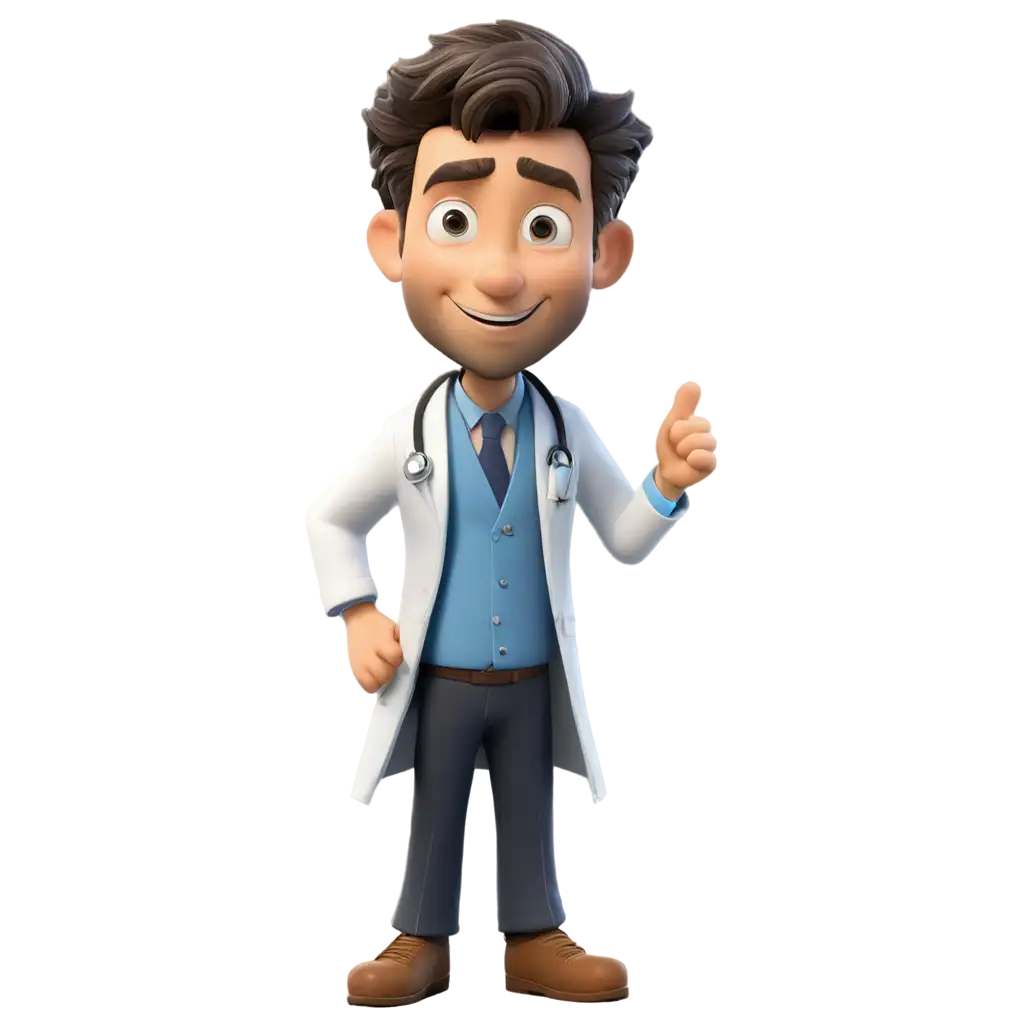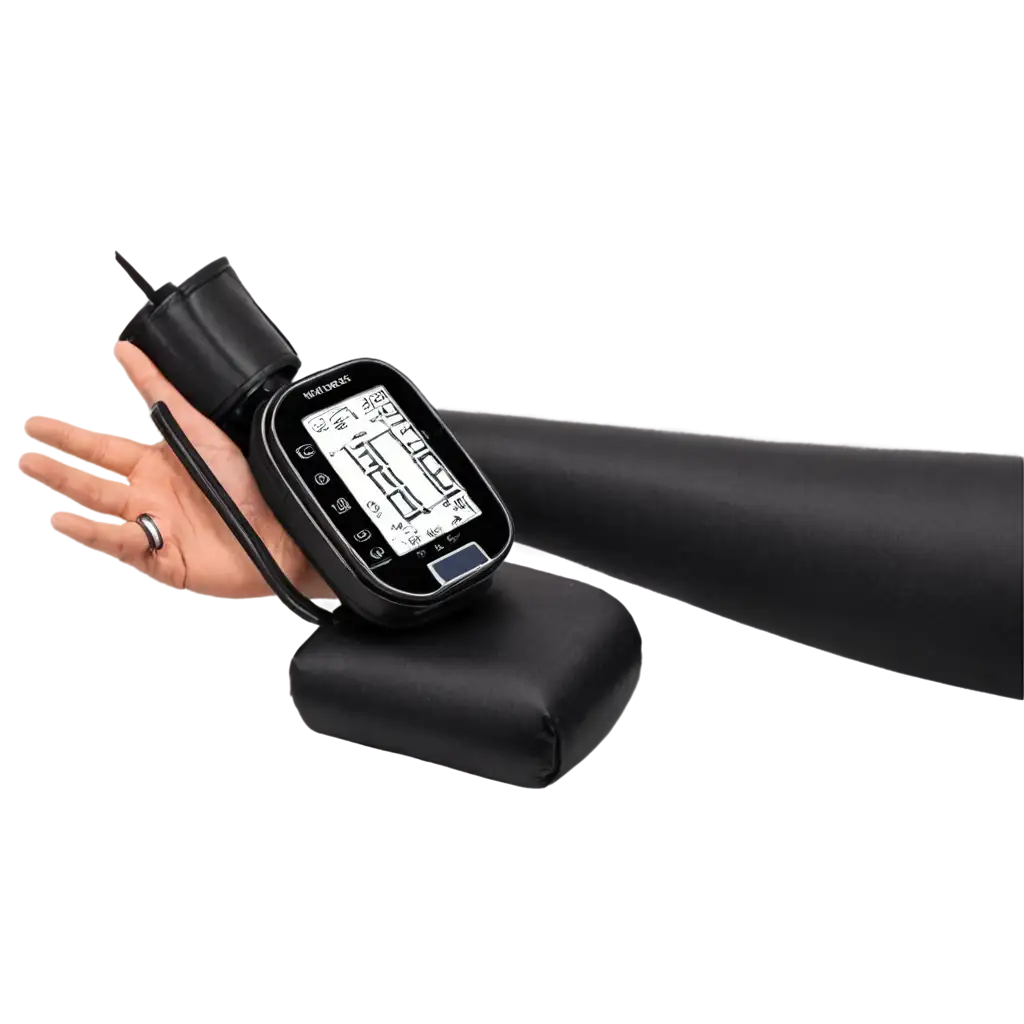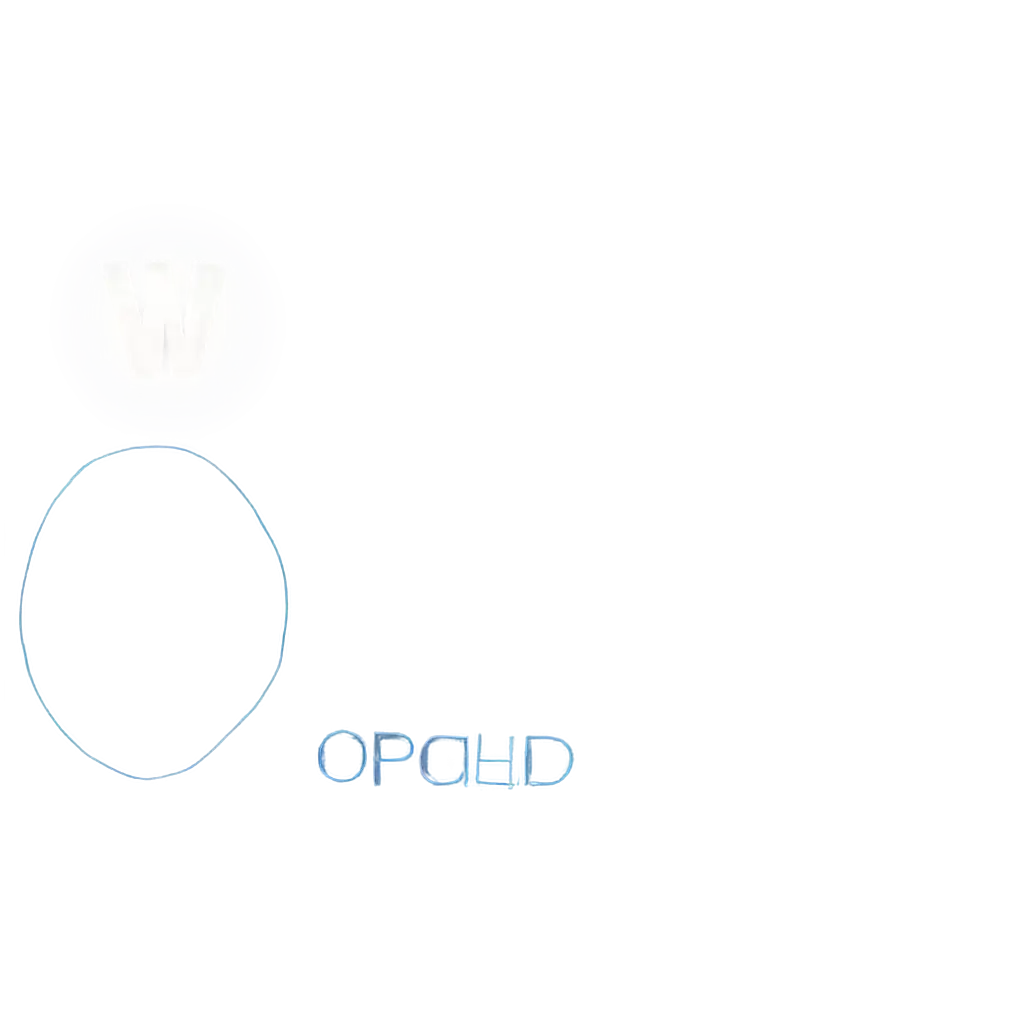7 Free Medical Clinic transparent PNG images
Welcome to our Medical Clinic image collection, featuring 7 free AI-generated images. Explore a diverse array of stock photos, 3D objects, vectors, and illustrations related to healthcare settings. Enjoy high-resolution downloads and use our 'open in editor' feature to customize prompts for your perfect medical-themed image.







Related Tags
Medical Clinic imagery encompasses a wide range of visual representations related to healthcare facilities and services. These images typically include depictions of medical professionals, patient care scenarios, medical equipment, and clinical environments. Common types include photographs of doctor-patient interactions, illustrations of medical procedures, 3D renders of clinic interiors, and vector graphics of medical symbols. Such imagery finds applications in various fields, including healthcare marketing, medical education materials, hospital websites, and health-related publications. They play a crucial role in conveying professionalism, care, and expertise in the medical field while also helping to educate and inform patients about health-related topics.
Medical Clinic Imagery: Types and Applications
When creating Medical Clinic visuals, several key factors should be considered to ensure effectiveness and authenticity. First, accuracy is paramount - medical equipment, procedures, and environments should be depicted correctly to maintain credibility. Second, diversity in representation is crucial, showcasing a range of healthcare professionals and patients to reflect the inclusive nature of modern healthcare. Third, the use of calming colors and clean, uncluttered compositions can help convey a sense of professionalism and tranquility often associated with healthcare settings. For AI-generated images, prompts should include specific medical terminology, descriptions of clinical settings, and details about medical procedures or equipment. It's also important to consider ethical guidelines, ensuring patient privacy and avoiding overly graphic or distressing imagery.
Creating Effective Medical Clinic Visuals
Artificial Intelligence has revolutionized the creation and use of Medical Clinic imagery. AI-generated images offer unprecedented flexibility and customization, allowing users to create specific scenarios that might be challenging or expensive to photograph in real clinical settings. This technology enables the rapid production of diverse, high-quality medical visuals, which is particularly valuable for educational materials, healthcare marketing, and medical publications. AI can generate images that respect patient privacy while still accurately representing medical scenarios. Moreover, AI-generated imagery can be easily modified to reflect evolving medical practices or to create culturally specific healthcare visuals, enhancing the relevance and inclusivity of medical communications worldwide.
Impact of AI on Medical Clinic Imagery
The future of Medical Clinic visuals is likely to be shaped by advancing technologies and changing healthcare paradigms. We can expect to see an increase in interactive and immersive visual content, such as augmented reality (AR) and virtual reality (VR) representations of medical procedures and clinic environments. These could be used for patient education, medical training, and even virtual clinic visits. Another trend is the integration of real-time data visualization in medical imagery, allowing for dynamic representations of patient health metrics or treatment progress. As telemedicine continues to grow, we may see more AI-generated visuals designed specifically for digital healthcare platforms, emphasizing clear communication in virtual settings. Additionally, there's likely to be a greater focus on personalized medical imagery, with AI capable of generating visuals tailored to individual patient demographics or specific medical conditions.
Future Trends in Medical Clinic Visuals